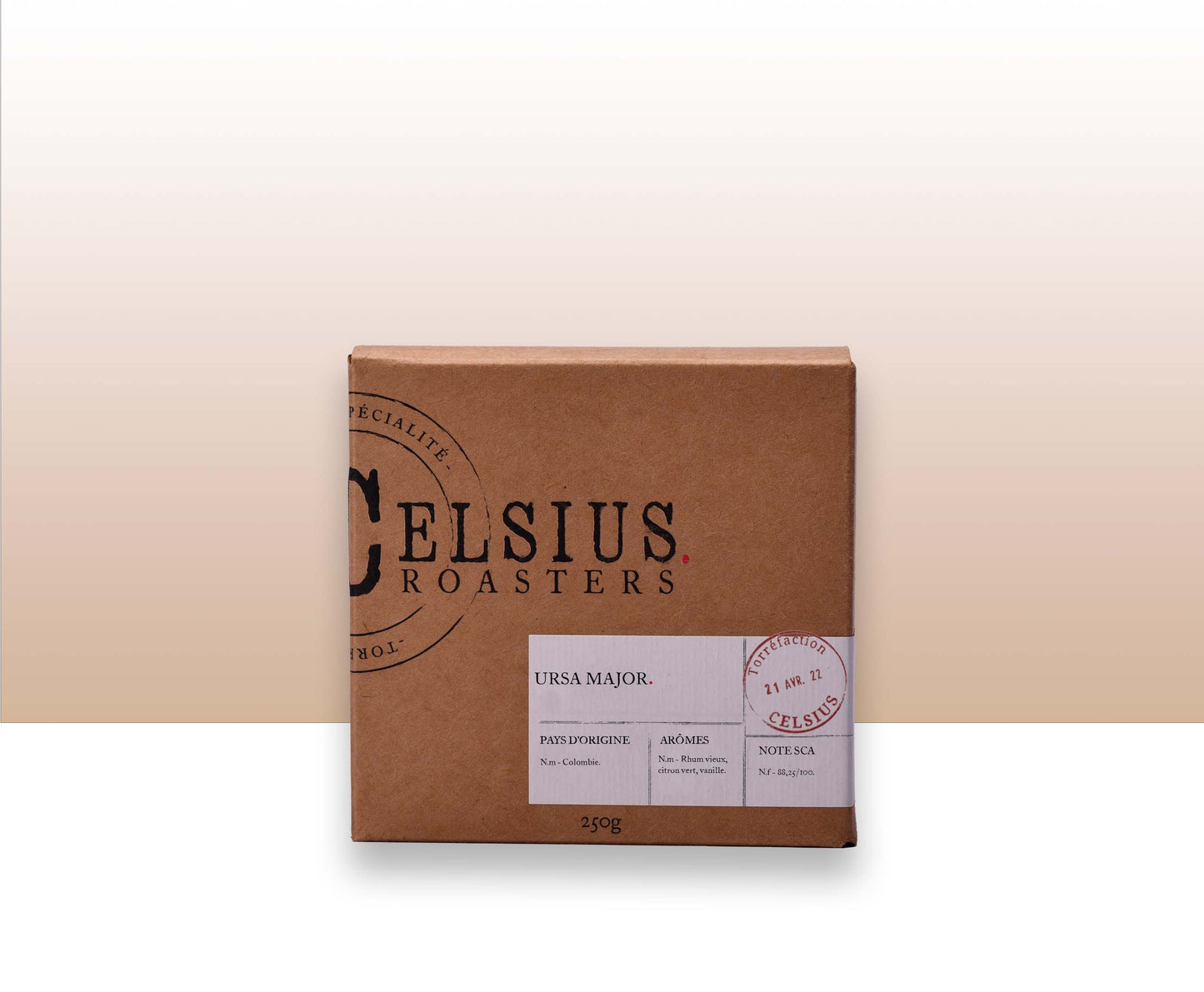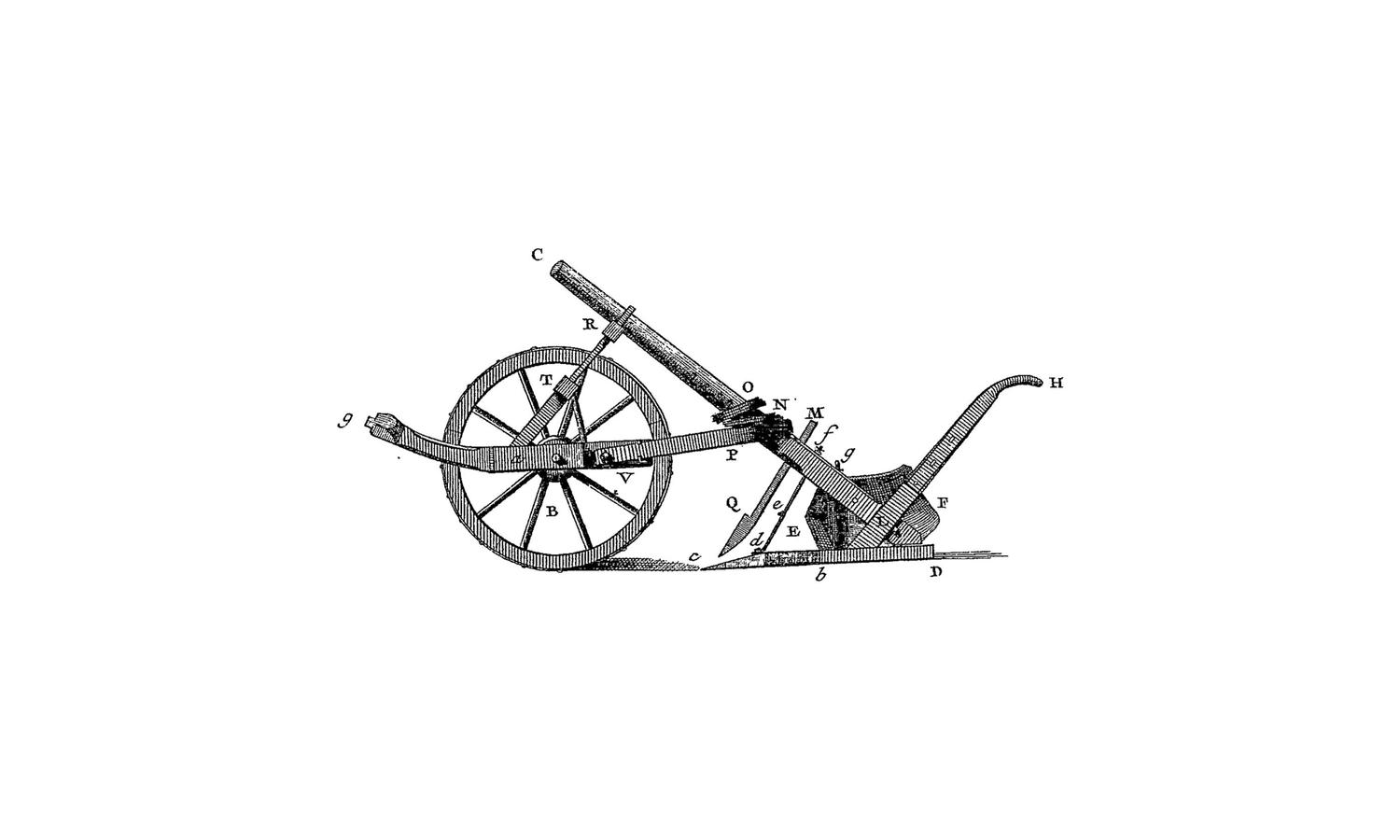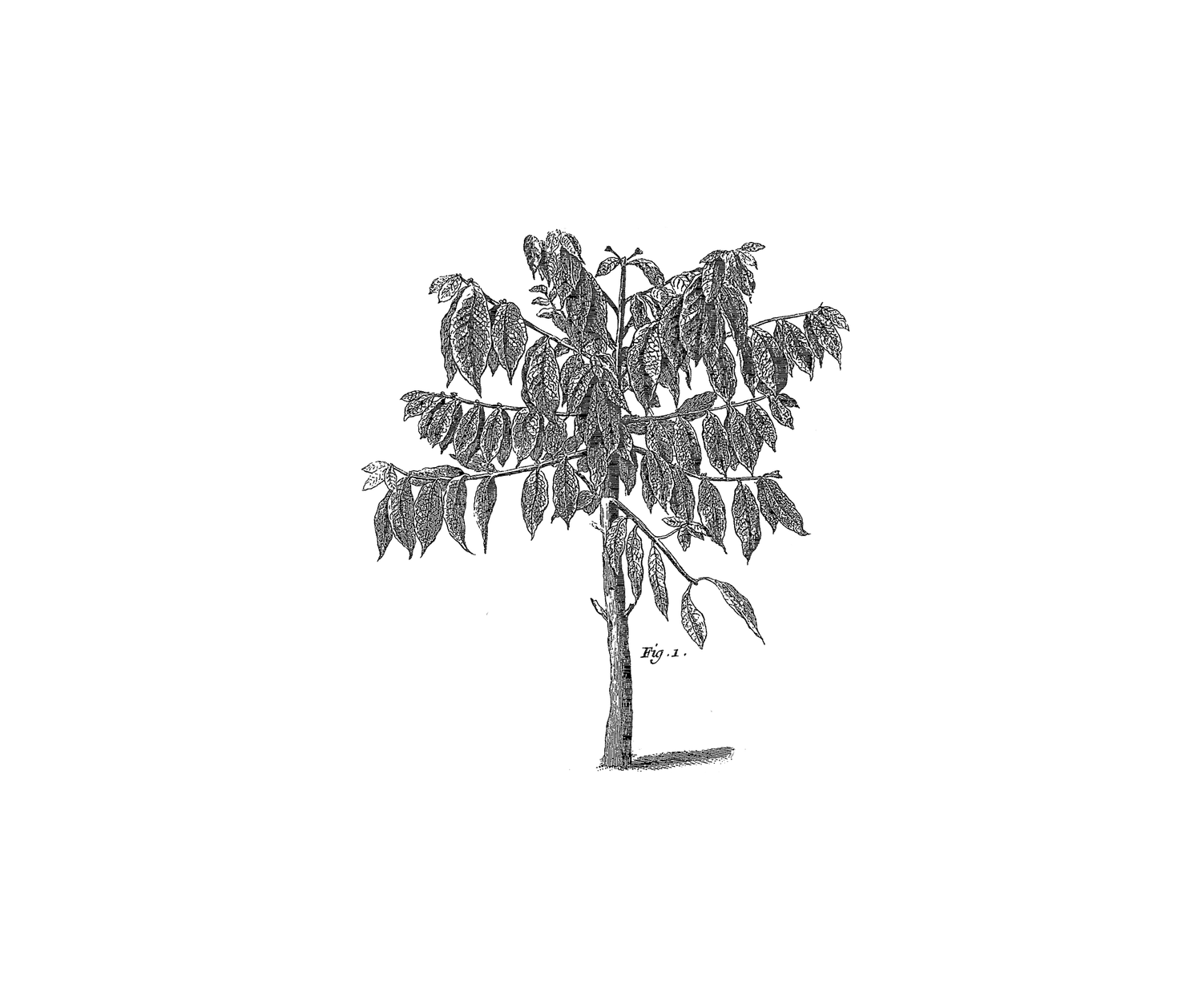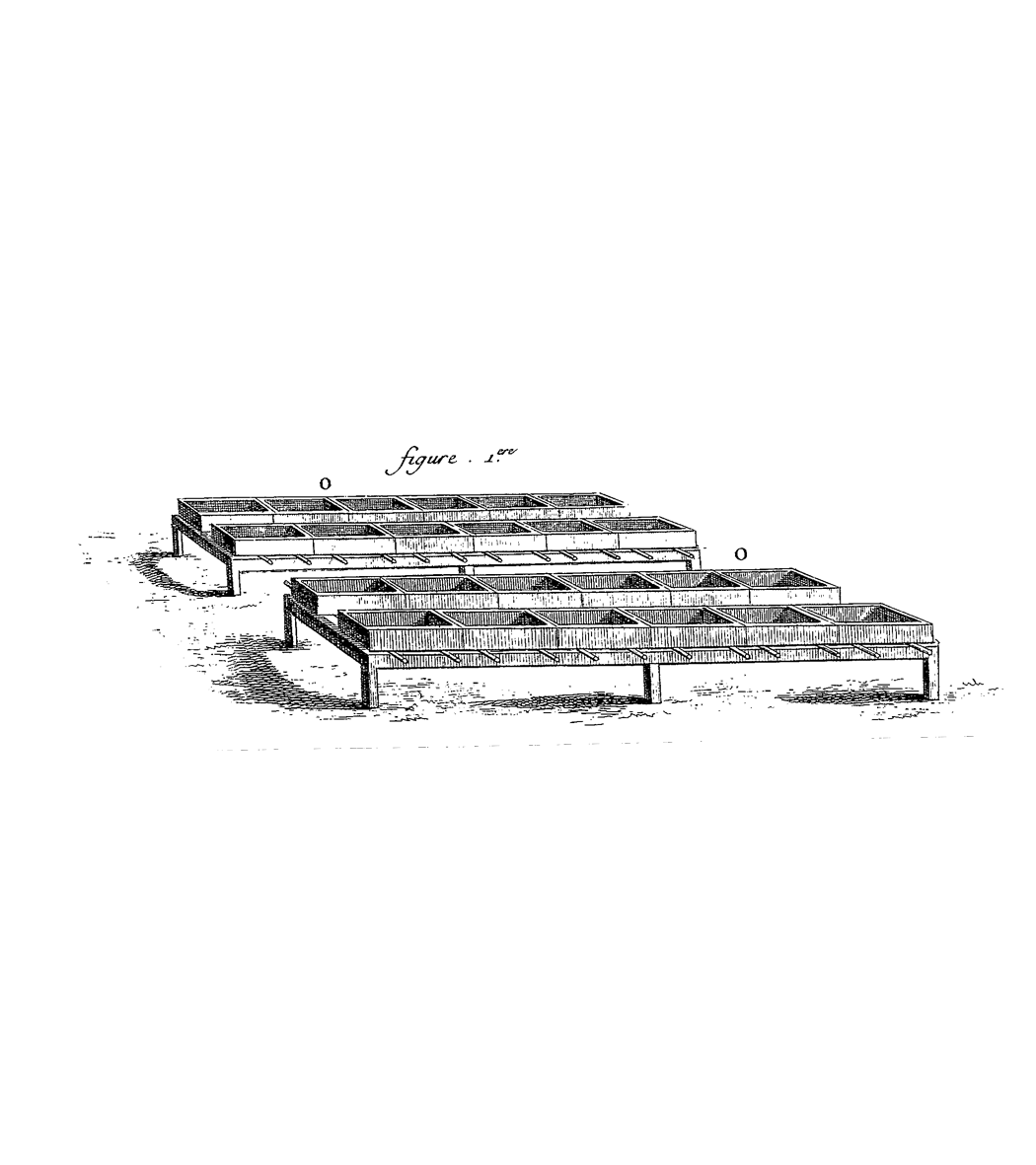


Nm - Terroir
The Quindío region is located in central Colombia, between 1200m and 1800m above sea level. The coffee-growing areas are located on volcanic soil, on steep terrain, making production difficult.
The trade-off? A terroir conducive to growing specialty coffee, for a perfect balance in the cup, between sweetness and acidity.

Nm - Producer
Jairo Arcila is the third generation of a family of coffee growers, originally from Quindio, Colombia. He is married to Luz Helena Salazar, herself a coffee producer, and they have two children, Carlos and Felipe Arcila, co-founders of Cofinet, specialty coffee importers, with whom we work regularly.
Jairo began working for the second largest coffee exporter in Colombia, as a production manager for more than 40 years, until his retirement in 2019.
Alongside his full-time job, Jairo purchased his first coffee farm, Finca La Esmeralda, in 1987.
With his savings, Jairo gradually acquired other plots and neighboring farms: Villarazo, Mazatlan, Santa Monica, Maracay and Buenos Aires.
With the help of his sons, Jairo continues to explore, both the exotic varieties he produces (Bourbon Rose, Java, Papayo and Gesha) and the fermentation processes he carries out.

Nf - Varieties
This coffee is made from the Bourbon rose variety.
We do not yet know his exact story.
Despite its name, it does not appear to be descended from Bourbon but rather from a variety endemic to Ethiopia.
It was reintroduced in Colombia about ten years ago and has stood out in the World Barista Championships.
Pink bourbon is very susceptible to disease and its production requires perfect mastery of the processes.
It produces a very complex, fruity profile in the cup with vibrant acidity. It is often compared to Geisha for its floral and lemony notes.

Nm - Treatment process
When we talk about the coffee processing process, this brings us to post-production: after the coffee cherries have been picked, the cooperative has a choice: leave the cherry pulp or remove it before drying.
In this coffee, the "washed" process involves the cherries being mechanically pulped and then immersed in water to remove the remaining skin.
The grains were then cleaned and dried to achieve maximum purity and consistency, reaching a moisture content of between 10 and 12%.



